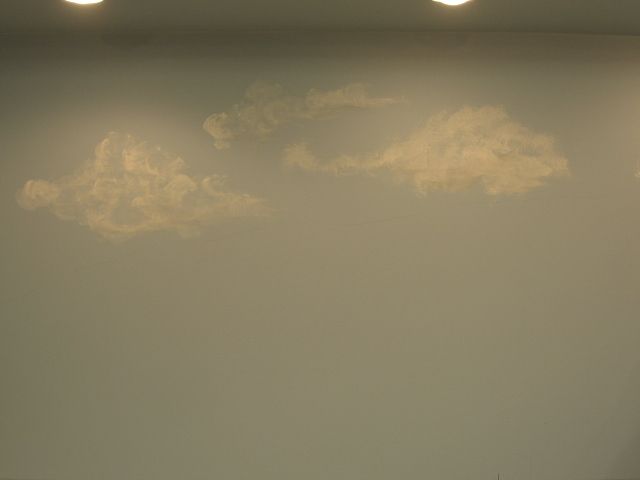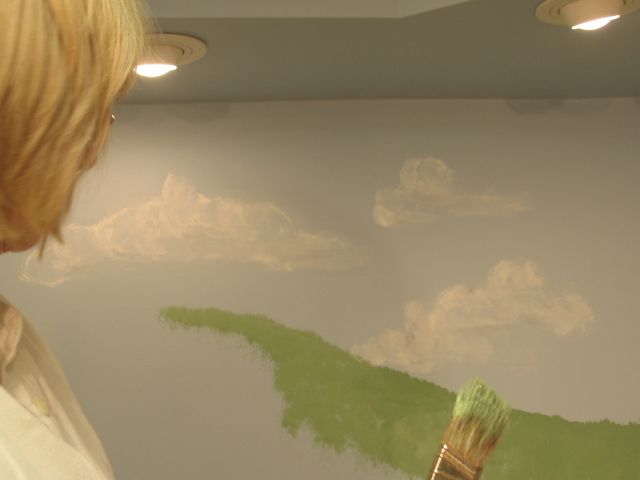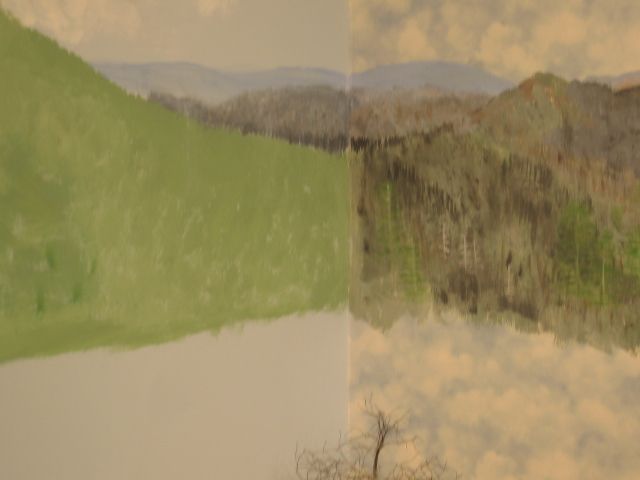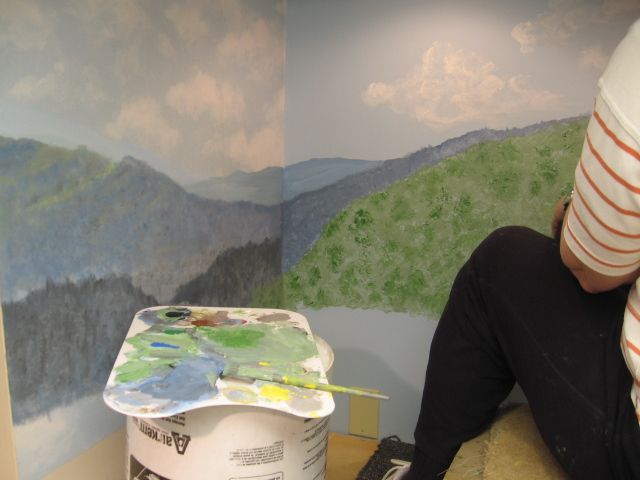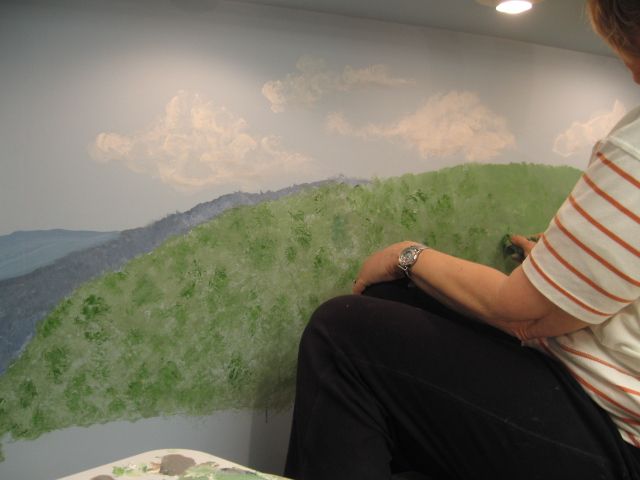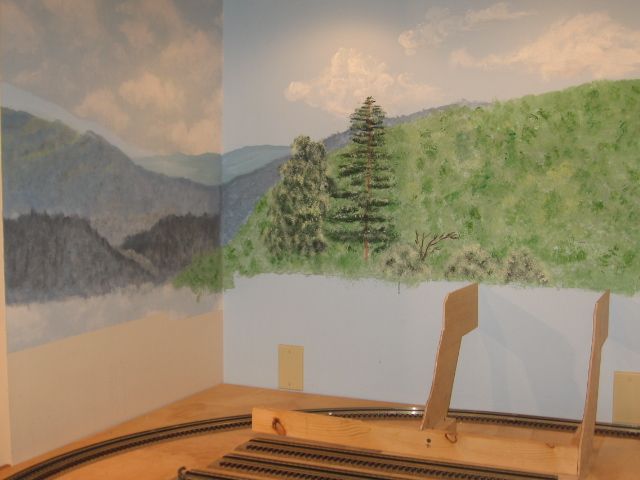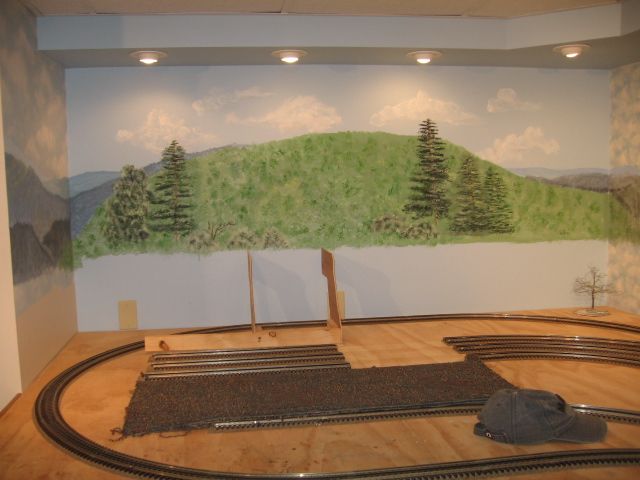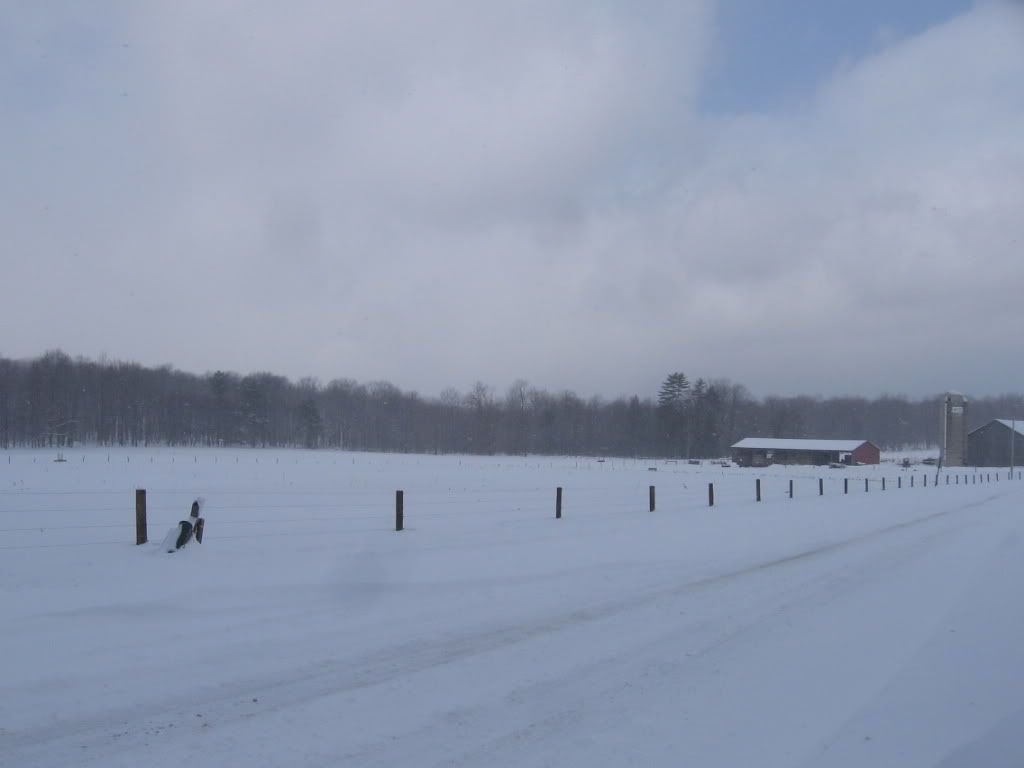"Cadmiums, cobalts, and any high end pigments will define your work."
The metal based pigments are not the only useful quality pigments.
Some synthetic dye pigments can be just as light fast and have other useful properties. For example, the cadmium metal based pigments lose chroma and grey out when white is added, whereas a synthetic pigment will not grey out but stay "hot", making a stronger color. The same applies to blues. Cerulean and cobalt will grey out when tinted, but pthalo or ultramarine will not. So a pthalo or ultramarine gives a stronger chroma blue when tinted with white. This applies regardless of medium (i.e oil, acrylic or water).
And actually, most of the synthetic dye pigments are more "powerful", i.e.have more tinting strength than metal based pigments.
"Do NOT dumb down the color with white. You add white to any color and you desaturate it; make it flat." Not sure what you mean by that... Full strength cobalt/cerulean/pthalo/ultramarine blues will be way too dark and strong of a color to represent a sky without tinting with white, plus the color will need to fade as it reaches the horizon by adding white. Desaturate... Flat... As pointed out above, you may be experiencing this with metal based pigments.
Using violet to darken a color can be a good practice, but that really depends upon the color. Adding violet (or any color) will change the original color... Another technique to darken a color without using black (and without changing the original color) is to add it's chromatic opposite, thus pushing the color towards grey.
I'd suggest reviewing a few books on materials, specifically pigments and their properties.
And lastly... "Try a neutral warm tone and pull your colors up from there?" If you are painting a sky, which is blue/cool, why do you want to start with a warm/yellow base? When blue is painted on top of the warm yellow base the blue color is immediately both pushed towards green and dropped in chroma/color.
I apologize for going way off topic, but I've spent my life studying color and composition, and there is a lot of misinformation in Erik's posts.




